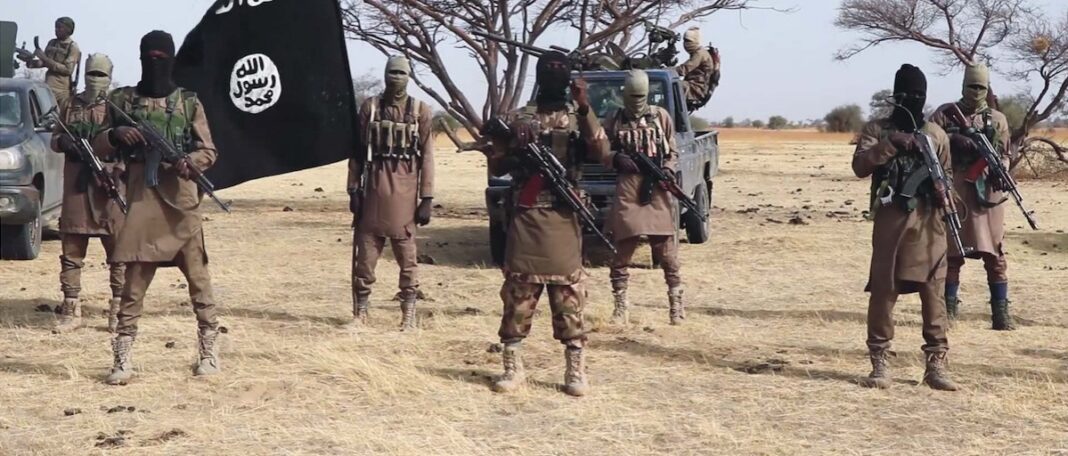On November 10, 2025, nearly 200 ISWAP fighters were killed in a brutal clash with Boko Haram in the Lake Chad region of Borno State. But this conflict was not rooted in ideology—it was a ruthless struggle for territorial control.
Amid the carnage, one truth became clear: Nigeria’s insurgency groups, far from collapsing under pressure, are growing more sophisticated and dangerous.
Once limited to basic reconnaissance in 2023, armed drones are now employed for precision attacks, allowing insurgents to monitor troop movements and strike without risking their own fighters.
On October 23, terrorists launched a devastating drone attack on Mafa, Borno State. When Governor Babagana Zulum visited the area the next day, he emphasized the urgency of halting drone use by non-state actors.
Earlier in the month, ISWAP reportedly attacked a military base in Ngamadu, Borno, utilizing rocket-propelled grenades and drones laden with explosives, killing seven soldiers. Such assaults highlight the growing threat these groups pose to Nigeria’s military infrastructure.
Governor Zulum called the spread of drones in insurgents’ hands “frightening,” noting that aerial dominance is giving jihadists a tactical advantage over static military positions.
If left unchecked, drone-enabled attacks could escalate, potentially targeting helicopters and other critical assets, especially with arms flowing freely across the porous Sahel borders. Already, these groups have killed over 100,000 Nigerians and displaced more than two million people.
What was once considered a ragtag insurgency has transformed into an organized force with semi-permanent bases in the Lake Chad Basin. Their growth is fueled by illegal gold mining, smuggling, and extortion, alongside strategies inspired by international jihadist networks.
Terrorists now acquire weapons with the sophistication of state actors, using commercial drones modified for surveillance and explosive delivery. Nigeria must respond by securing its borders, enhancing electronic surveillance, and cutting off illicit funding.
President Bola Tinubu faces a stark reality: this is not a temporary insurgency, but a full-scale war embedded in Nigerian territory. Questions remain over the operational status of the A-29 Super Tucano jets, delivered in 2021, which were expected to bolster air power against such threats.
Despite ranking third in Africa on the Global Firepower Index, Nigeria remains sixth on the Global Terrorism Index, with insurgent fatalities and destruction on the rise. Bold military strategies and enhanced aerial dominance are crucial.
Policy missteps, such as pardoning “repentant” terrorists or legitimizing bandits through peace deals and titles, only strengthen insurgents. The new Chief of Defence Staff, Olufemi Oluyede, faces immense pressure to replace soft approaches with innovative, decisive action, including AI-driven counter-drone measures and elite operations targeting insurgent strongholds.
Financial oversight is equally critical. Agencies like the EFCC and ICPC must trace and cut off insurgents’ funding, reportedly running into millions of dollars annually, and prosecute financiers implicated in dossiers such as the 2022 Dubai report.
While global attention may be stirred by foreign commentary, Nigeria’s survival hinges on sovereign resolve, clear policies, and an unflinching commitment to confronting the insurgency head-on.



